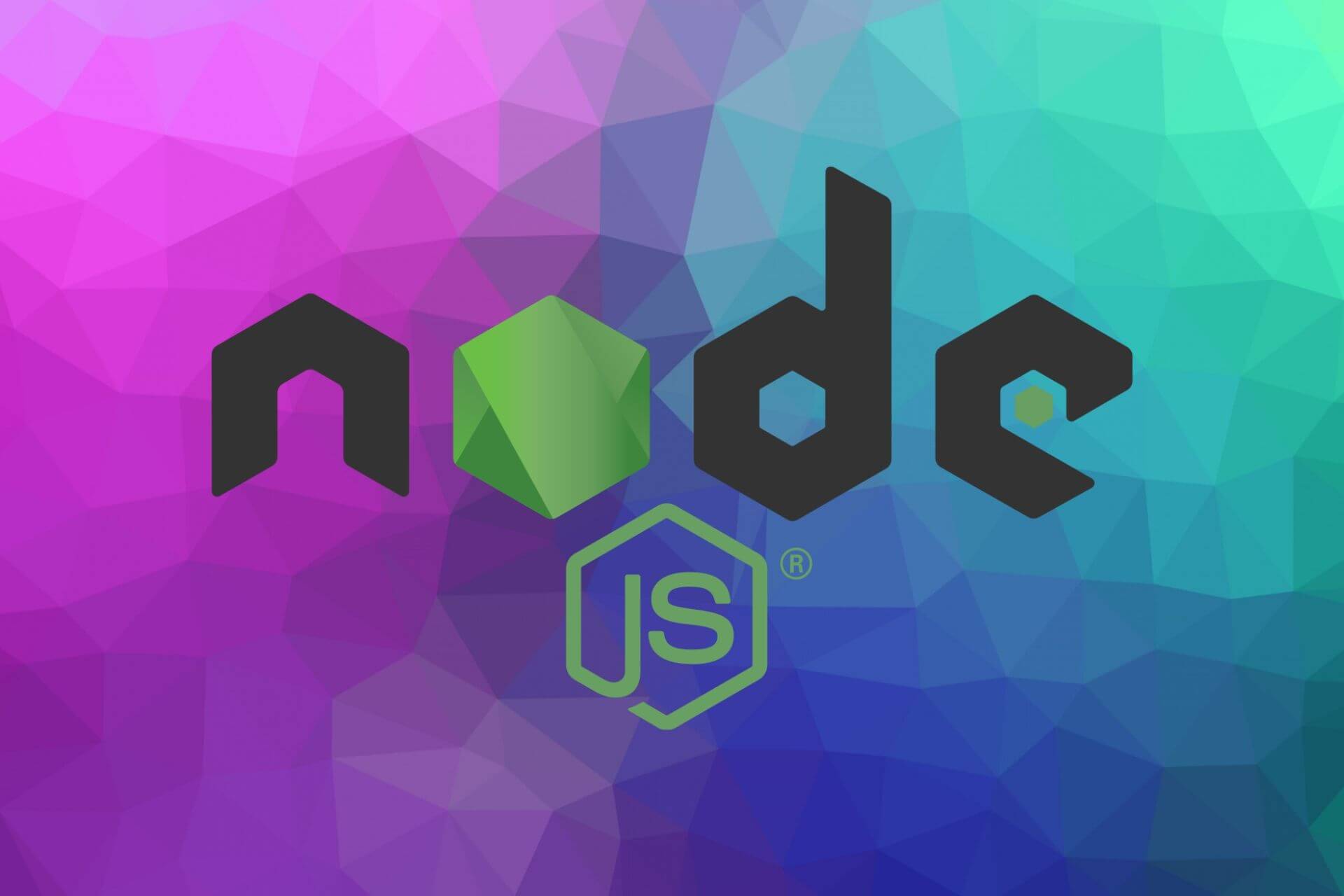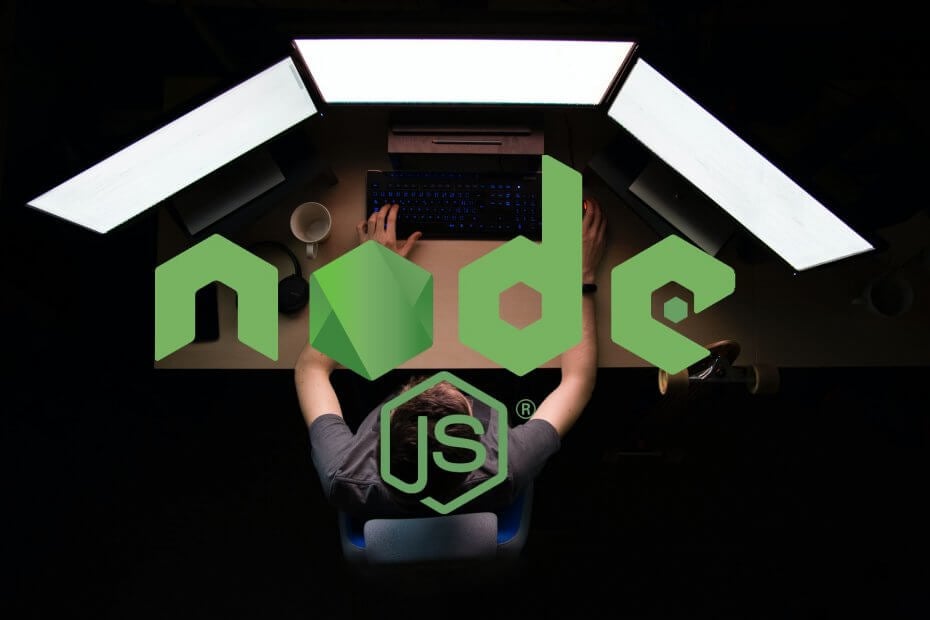

Renovate bot will then use that version constraint for npm when it creates a pull request.įor example, if you want to use at least npm 8.1.0 and also allow newer versions of npm in the 8.x range, you would put this in your package. Using npm will update all dependencies, package. To control which version or constraint is installed, you should use the engines.npm property in your package.json file. How to Update Node.js Packages Method 1: Update all Node packages with NPM. When binarySource=docker, such as in the hosted Mend Renovate App, Renovate will choose and install an npm version dynamically. node-version file for the nodenv environment managerĬonfiguring which version of npm Renovate uses ¶ Renovate can manage the Node.js version in the following files: Initially, Node.js 18 will replace Node.js 17 as our ‘Current’ release line. We’re excited to announce that Node.js 18 was released today Highlights include the update of the V8 JavaScript engine to 10.1, global fetch enabled by default, and a core test runner module. from fermium to gallium) as long as the node versioning scheme is being used. Node.js 18 is now available by The Node.js Project. Renovate understands codenames for Node.js LTS releases and will offer upgrades for them (e.g. This way you're using the latest bug fixes, performance improvements, security mitigations, etc. Renovate can upgrade the Node.js runtime used by your project. Should you Pin your Javascript Dependencies? Unused memory sooner than it would otherwise.Configuring which version of npm Renovate uses With an additional argument to tell the underlying Node.js process to free up It can then be stoppedīy pressing Ctrl-C or by closing the terminal window.ĭue to the limited memory of the Raspberry Pi, you will need to start Node-RED The node-red command to run Node-RED in a terminal. Running locallyĪs with running Node-RED locally, you can use In most cases, you’ll also want to also install npm, the. If the package in the repositories suits your needs, this is all you need to do to get set up with Node.js. Check that the install was successful by querying node for its version number: nodejs -v. While using these packages is convenient at first, we strongly recommend using the install script above instead. Then install Node.js: sudo apt-get install nodejs.

Versions present in repositories are usually current or. This means that the latest Node-RED version that can be installed is the 2.x branch. This will install V8 Javascript Engine, Node.js runtime and npm package manager and their dependencies. Note: at this time the default node.js included with RaspiOS Bullseye is still v12. To update Node.js with npm, start by checking what version of npm you currently have by running: npm -v.

This allows it to be installed usingĪpt-get install nodered and includes the Raspberry Pi OS-packaged version Node-RED has also been packaged for the Raspberry Pi OS repositories and appears in their


 0 kommentar(er)
0 kommentar(er)
